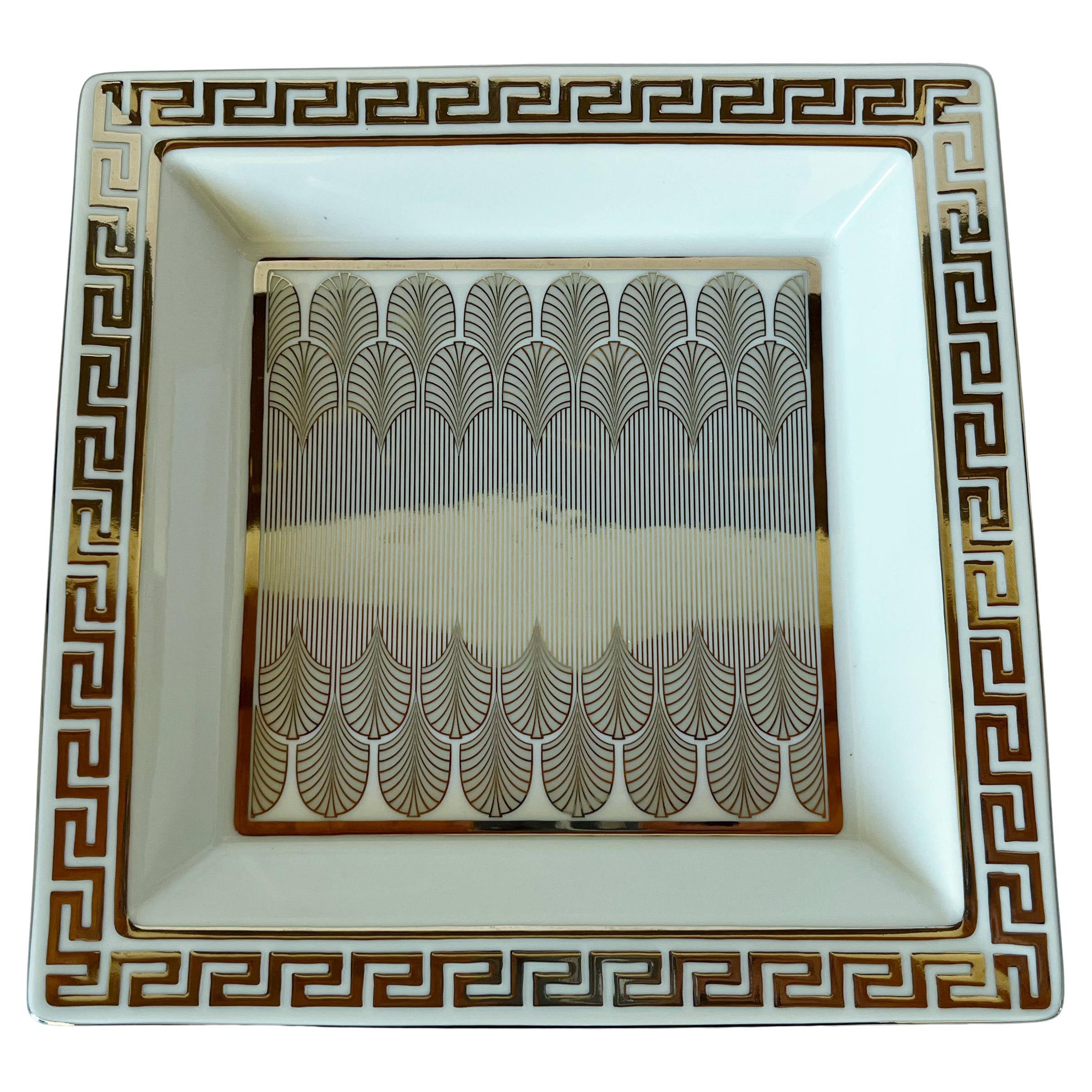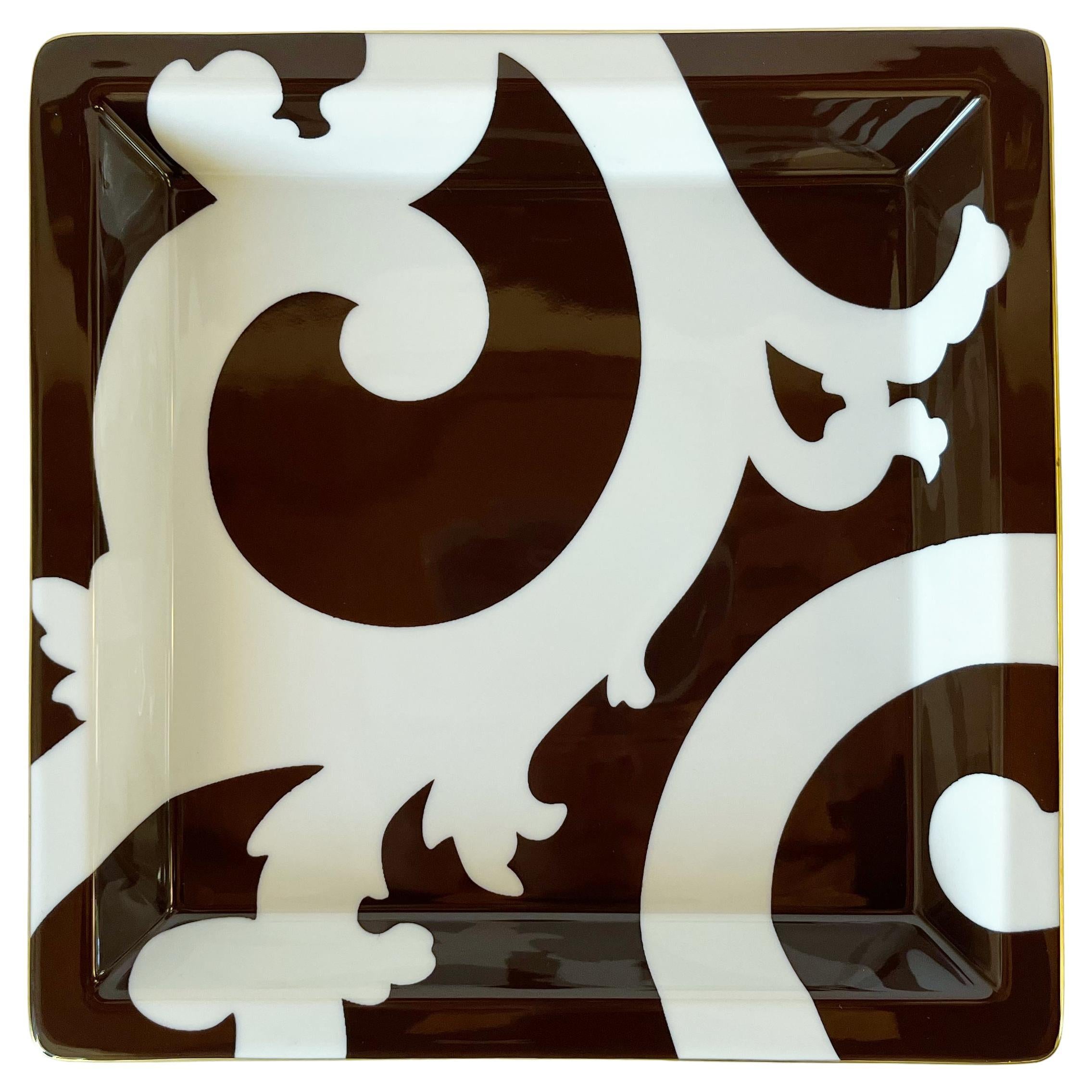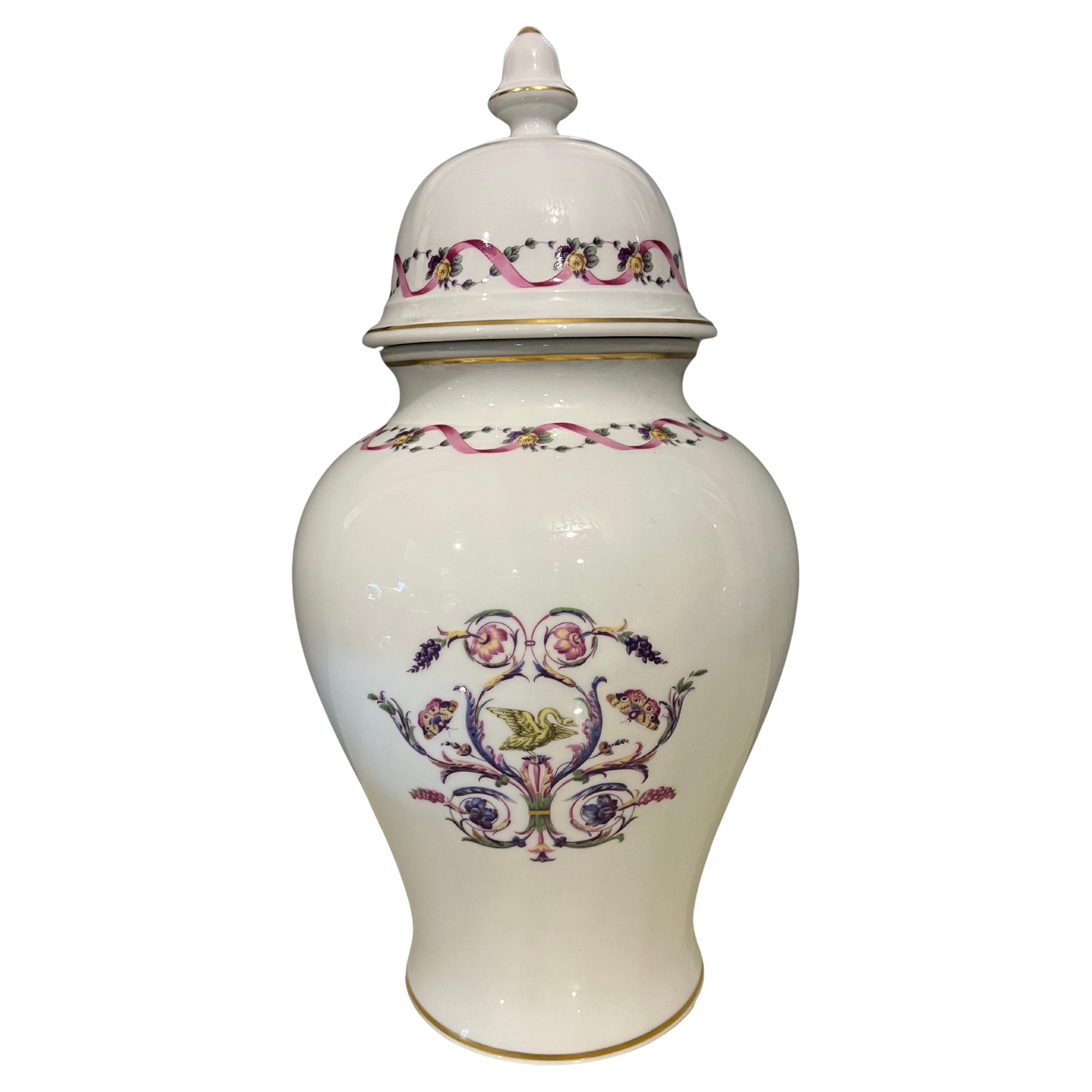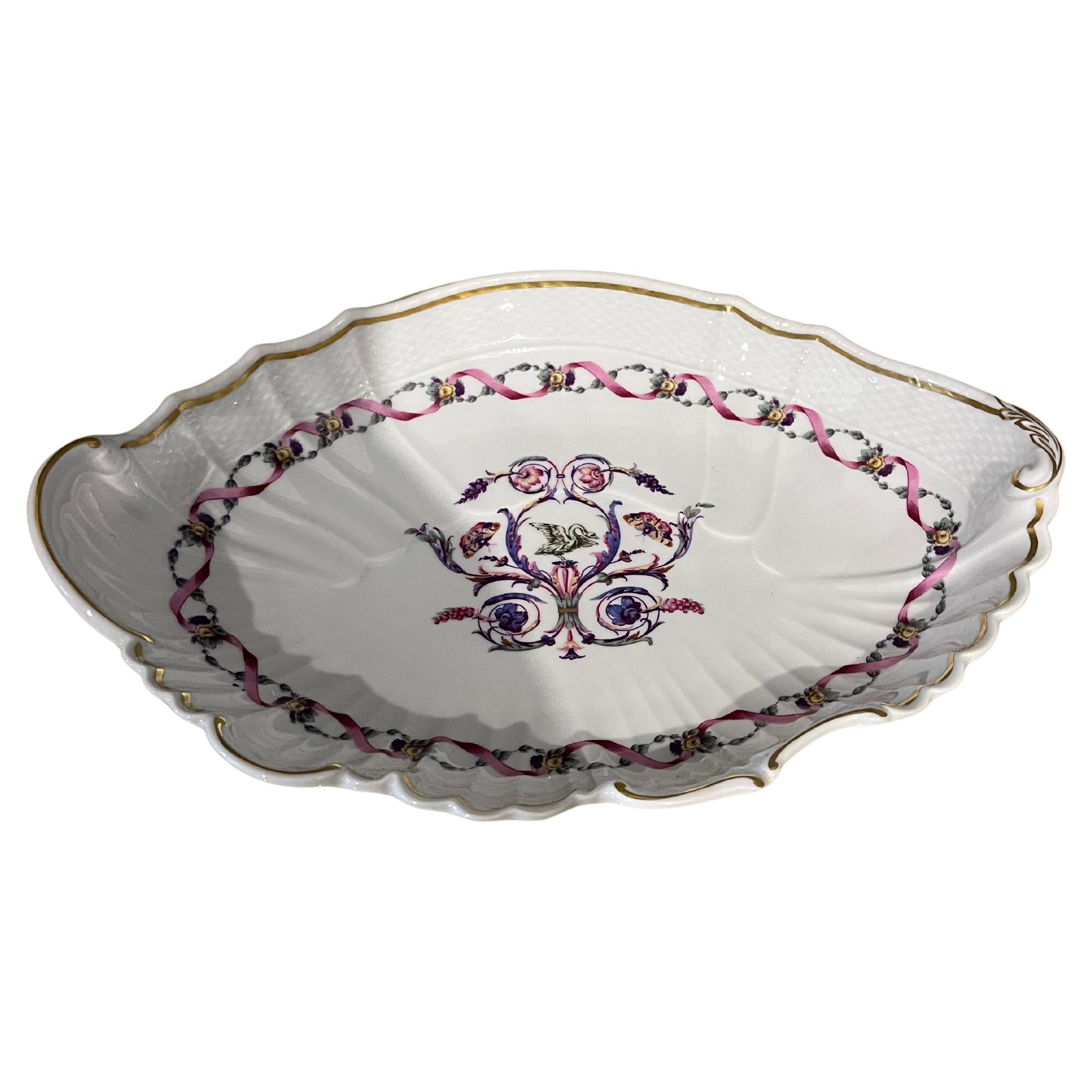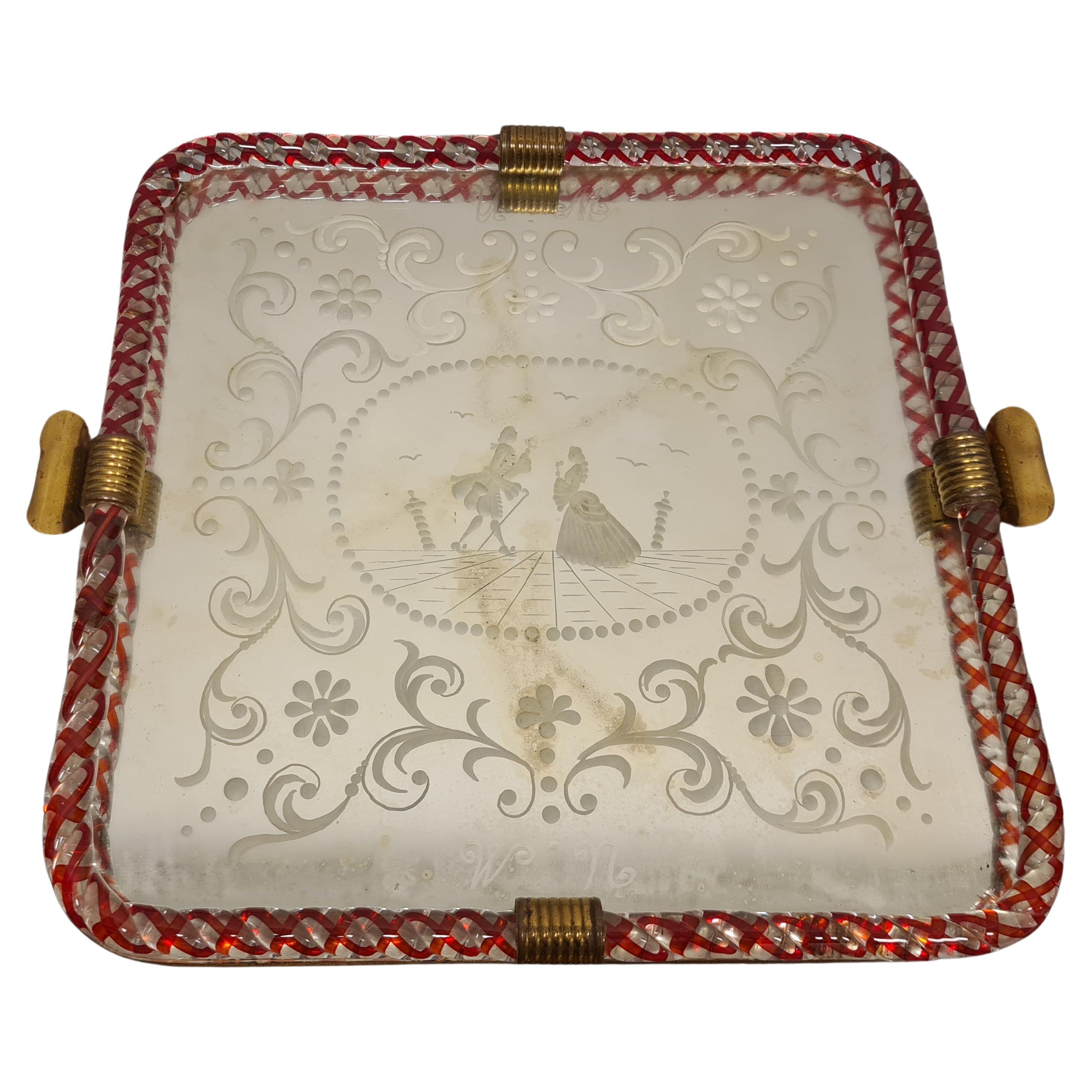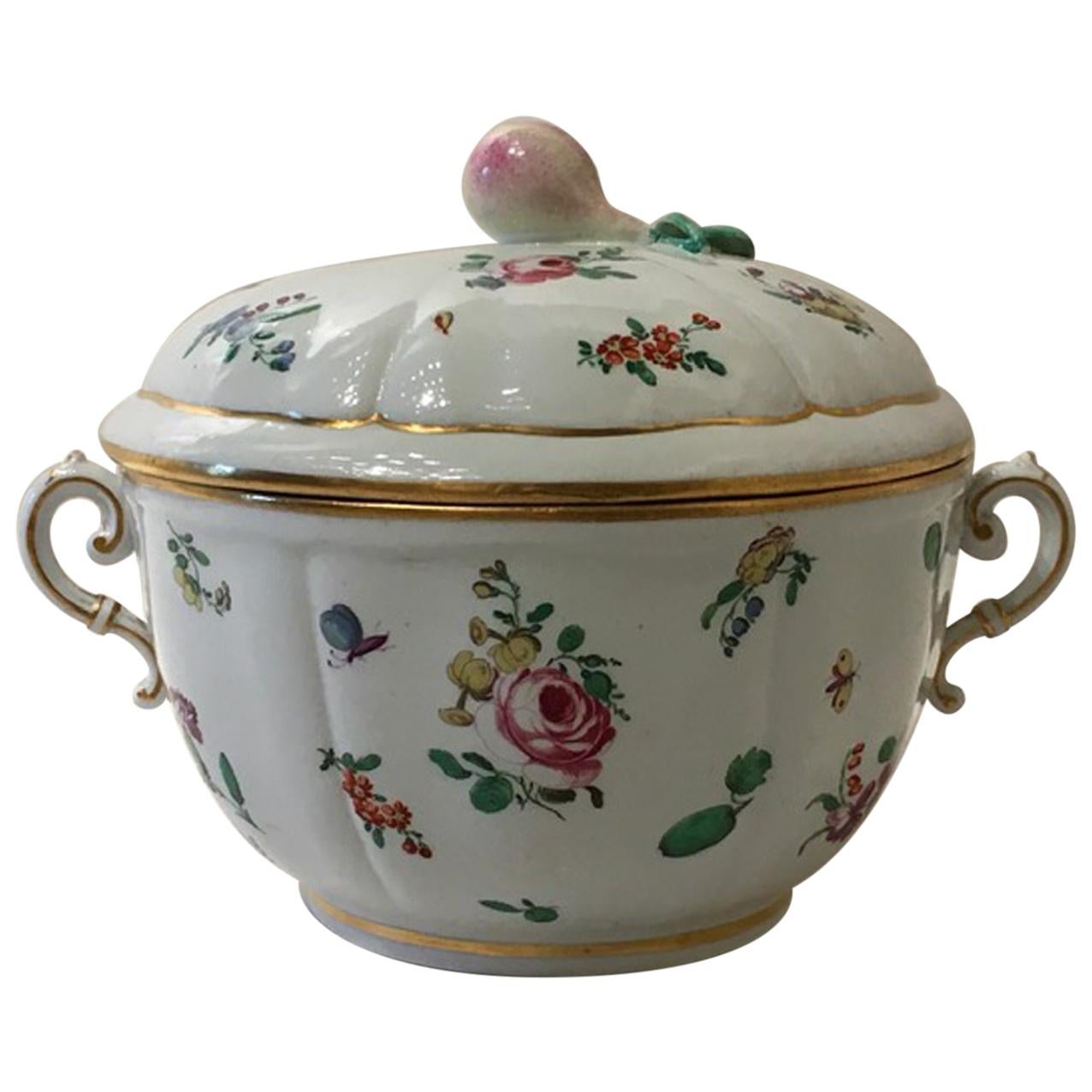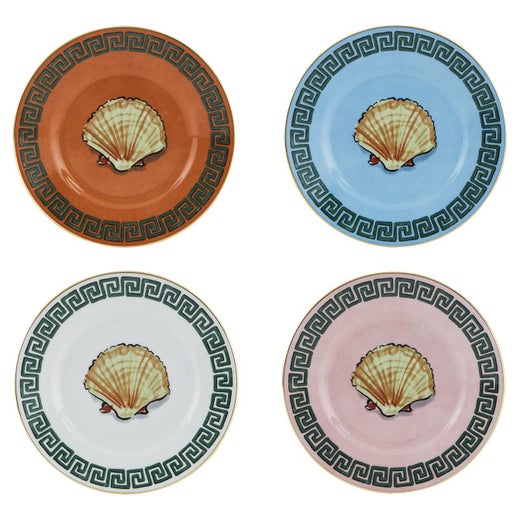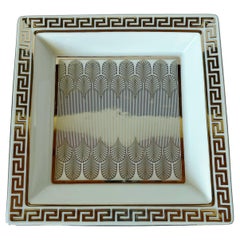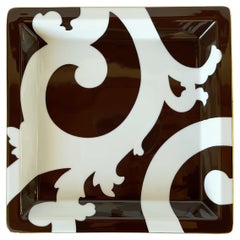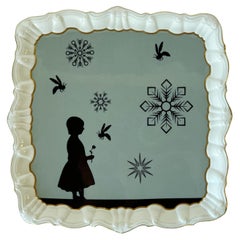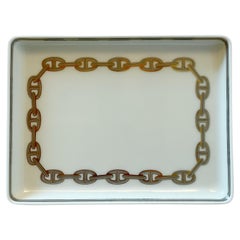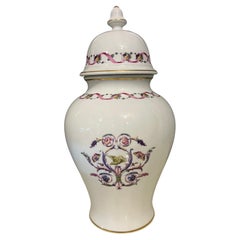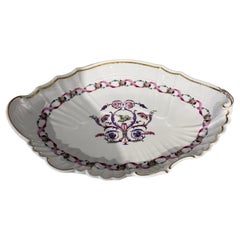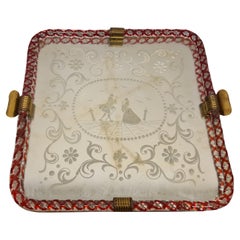RICHARD GINORI 1735 X Pomellato Vide Poche or Change Tray
About the Item
- Creator:Richard Ginori (Maker)
- Dimensions:Height: 1.38 in (3.5 cm)Width: 7.68 in (19.5 cm)Depth: 6.11 in (15.5 cm)
- Materials and Techniques:
- Place of Origin:
- Period:
- Date of Manufacture:20th Century
- Condition:Wear consistent with age and use.
- Seller Location:Los Angeles, CA
- Reference Number:Seller: FABIOLTD GN0011stDibs: LU1753242920192
Richard Ginori
The striking elegance and craftsmanship associated with vintage Richard Ginori porcelain and ceramics are hallmarks of the distinguished Italian manufacturer's deep heritage. Over nearly 300 years, the company has established a legacy of enduring design — its exquisite handmade serving pieces, tea sets, tableware, vases and more are coveted all over the world.
Richard Ginori traces its long history back to the village of Doccia, Italy, where marchese Carlo Ginori opened the Doccia Porcelain Manufactory in 1735. The factory employed talented Viennese painters and modelers, and although it took time for Carlo to perfect his models and molds, the company eventually became known for its impeccable white porcelain, inspired by Ginori's love of white gold. By 1779, the factory’s refined porcelain decorated palaces and stately residences.
In 1896, the factory expanded and merged with the Società Ceramic Richard of Milan. The new company was named Richard Ginori, and the early 20th century marked a period of artistic revival for the manufacturer.
In 1923, the influential Italian architect, publisher and furniture designer Gio Ponti was appointed as the company's artistic director (a role he held until 1933). He was still a young man at the time, but the now-celebrated polymath was fearless in his efforts to innovate at Richard Ginori — he introduced a contemporary spirit at the manufacturer and integrated ancient Roman art and other neoclassical elements into his richly ornate designs for decorative objects and ceramic vessels. At the 1925 International Exhibition of Modern Decorative and Industrial Arts in Paris — the design fair that brought the Art Deco style into the world — both Richard Ginori and its bold artistic director won a Grand Prix.
In the decades that followed, offerings at the storied porcelain manufacturer showed an adoption of the modern style that had taken shape in furniture design and decorative arts during the mid-20th century. In 1954, the company was renamed Ginori 1735, a reference to its inaugural year. Over time, Richard Ginori has partnered with numerous renowned designers such as Giovanni Gariboldi, Antonio Piva, Franco Albini and Aldo Rossi. In 2013, Gucci purchased the Ginori 1735 brand and factory.
On 1stDibs, find a collection of vintage Richard Ginori serveware and decorative objects.
- ShippingRetrieving quote...Shipping from: REZZATO, Italy
- Return Policy
More From This Seller
View All20th Century Italian Porcelain
Porcelain
1990s Italian Porcelain
Porcelain
20th Century Italian Porcelain
Porcelain
Late 20th Century French Decorative Dishes and Vide-Poche
Porcelain
Late 20th Century Italian Decorative Dishes and Vide-Poche
Glass
20th Century French Ashtrays
Porcelain
You May Also Like
Vintage 1970s Italian Porcelain
Porcelain
Vintage 1970s Italian Porcelain
Porcelain
Vintage 1940s Italian Platters and Serveware
Brass
Antique Mid-19th Century Italian Baroque Porcelain
Porcelain
Vintage 1930s Italian Art Deco Centerpieces
Murano Glass
Vintage 1930s Italian Art Deco Centerpieces
Murano Glass
